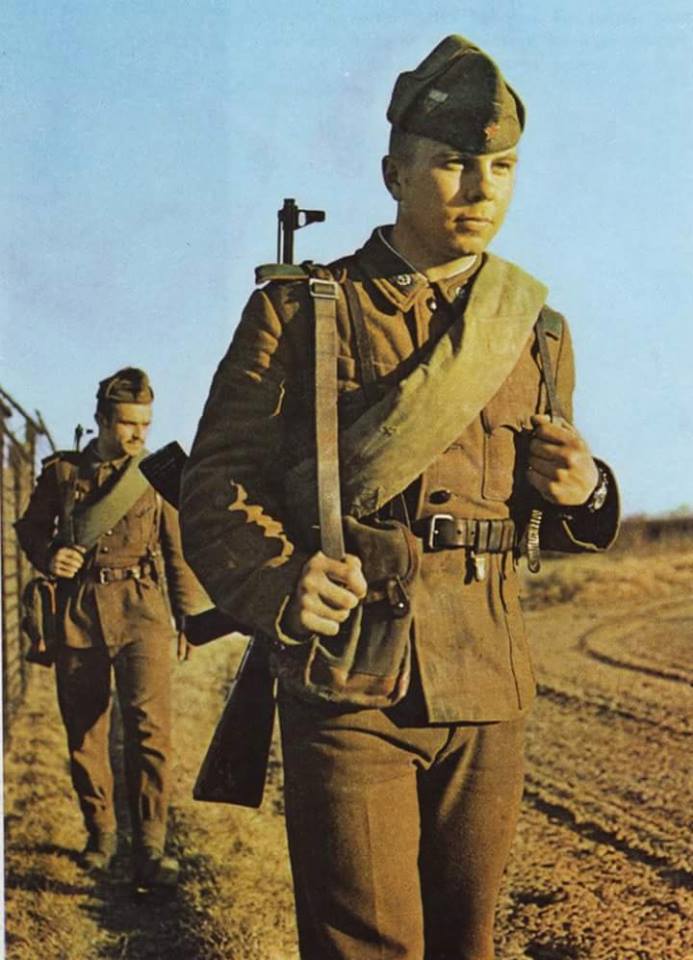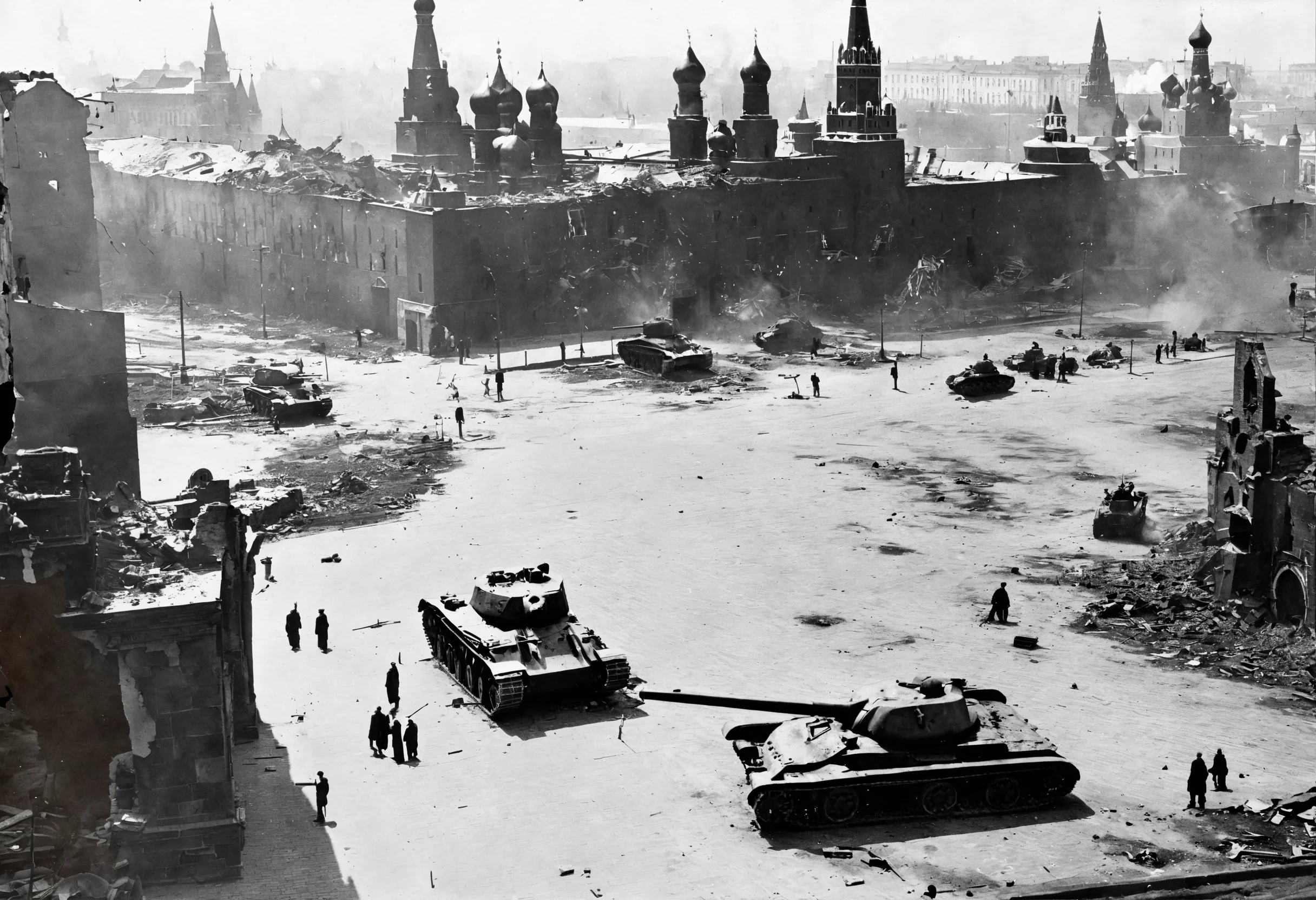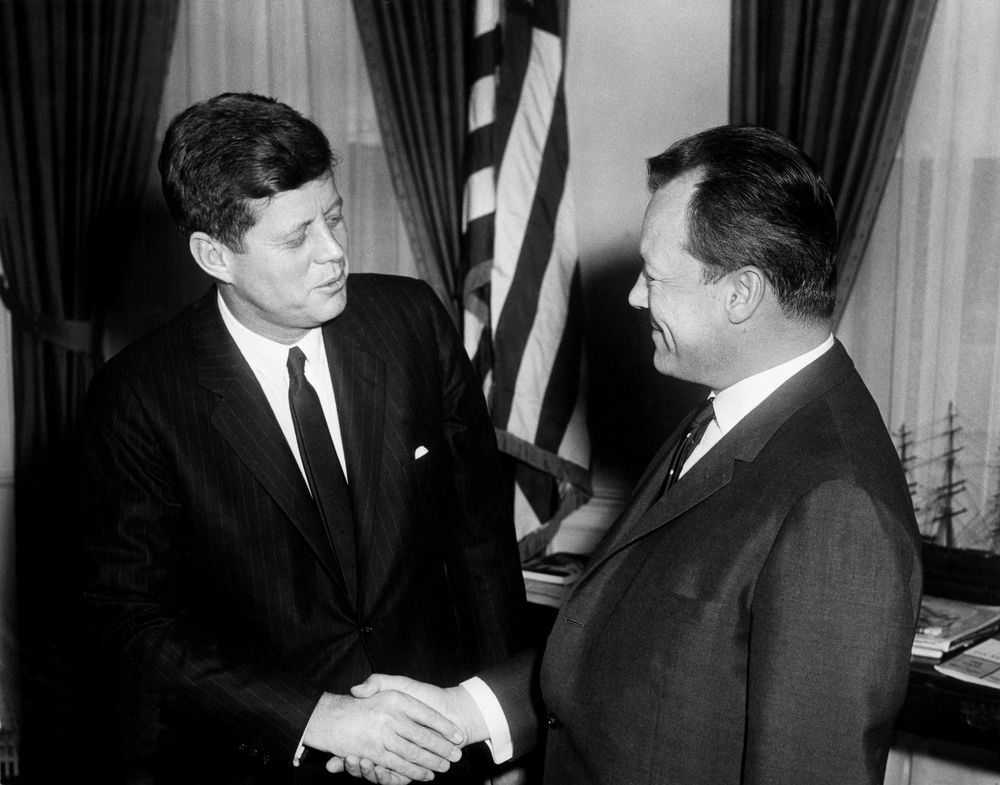Map of the world of Kaiserredux on Wednesday, January 1, 1936.
The changes from the original KR timeline include;
-Canada as a Kingdom instead of a Dominion.
-The French National State in place of the French Republic.
-Sebastian Faure as General Secretary of the Commune of France, Philip Snowden as Chairman of the Union of Britain, Giuseppe Di Vittorio as President of Socialist Republic of Italy and Aleksandr Kerensky as President of Russia.
-Arthur Horner as Deputy Chairman of the Union of Britain, Maurice Janin as Prime Minister of the French National State, Pavel Milyukov as Prime Minister of Russia and José María Gil-Robles y Quiñones as Prime Minister of Spain.
-Different Factions for the Second American Civil War.
-William "Bill" Haywood as the leader of the Socialist Party of America.
-Different flags for Canada, Commune of France, Union of Britain and Italian Socialist Republic.
-The Dominion of India in northern India, Bhartiya Commune in western India, Princely Federation in southern India, as well as Sikkim and Madras Republic.
-Malta and Crete as German protectorates.
-Ceylon and Indian Ocean islands as German colonies.
-Republic of Lombardy-Venetia as Austro-Hungarian puppet state.
-Transamur Republic (Provisional Russian Government).
-Don, Kuban and the Mountain Republic in the Caucasus.
-Alash Autonomy as a Russian puppet state.
-Khiva, Bukhara and Kokand in Central Asia.
-German West Africa, the Congo, Nigeria, North Rhodesia, Kenya-Uganda and Madagascar as subdivisions of Mittelafrika.
-Dominion of Rhodesia as an Entente-aligned nation.
-Mau-Mau Uprising in Kenya.
-Different Russo-Mongolian border.
-Different Nepalese-Indian border and Afghan-Indian border.

The changes from the original KR timeline include;
-Canada as a Kingdom instead of a Dominion.
-The French National State in place of the French Republic.
-Sebastian Faure as General Secretary of the Commune of France, Philip Snowden as Chairman of the Union of Britain, Giuseppe Di Vittorio as President of Socialist Republic of Italy and Aleksandr Kerensky as President of Russia.
-Arthur Horner as Deputy Chairman of the Union of Britain, Maurice Janin as Prime Minister of the French National State, Pavel Milyukov as Prime Minister of Russia and José María Gil-Robles y Quiñones as Prime Minister of Spain.
-Different Factions for the Second American Civil War.
-William "Bill" Haywood as the leader of the Socialist Party of America.
-Different flags for Canada, Commune of France, Union of Britain and Italian Socialist Republic.
-The Dominion of India in northern India, Bhartiya Commune in western India, Princely Federation in southern India, as well as Sikkim and Madras Republic.
-Malta and Crete as German protectorates.
-Ceylon and Indian Ocean islands as German colonies.
-Republic of Lombardy-Venetia as Austro-Hungarian puppet state.
-Transamur Republic (Provisional Russian Government).
-Don, Kuban and the Mountain Republic in the Caucasus.
-Alash Autonomy as a Russian puppet state.
-Khiva, Bukhara and Kokand in Central Asia.
-German West Africa, the Congo, Nigeria, North Rhodesia, Kenya-Uganda and Madagascar as subdivisions of Mittelafrika.
-Dominion of Rhodesia as an Entente-aligned nation.
-Mau-Mau Uprising in Kenya.
-Different Russo-Mongolian border.
-Different Nepalese-Indian border and Afghan-Indian border.
Last edited:















